Lighting the dark corners of your life and filling it with happiness is the Festival of Lights of South India, Deepavali. Observed in the month of Aippasi on Naraka Chaturdashi which is revered as the second day of the 5-day Diwali celebration. The South Indian states celebrate this popular festival one day before the North Indians and begin the preparations from a day before Deepavali. Rituals that are followed during this famous festival of Tamil Nadu are that a big size oven is cleaned and is made ready for an oil bath for the whole family on the following day. The house is beautifully decorated with Kolam (rangoli) and lights. Betel leaves, fruits,betel nuts, flowers, kumkum,sandal paste, gingelly oil, turmeric and scented powder are kept in the place of worship in the house for the Pooja after the ritual oil bath.
Brief History of the Festival
Diwali is celebrated as a prehistoric event which is counted among the popular religious festivals of India. Admired by a number of tourists who travel from all over the world, Deepavali in the yesteryears was observed as a summer harvest festival which took place in the Kartik month as per the Hindu calendar. Finding its special mention not only in the poems of the popular Sanskrit poet Rajasekhara who praised the festival and wrote about the traditions that are followed like cleaning of homes and decorating them with oil lamps and star lit streets and markets; but also in Al Biruni , the 11th Century traveller and historian's memoir on India who mentioned that Deepavali is celebrated by Hindus in the month of Kartika on a new moon day. Furthermore, the historic Sanskrit texts of Skanda Purana and Padma Purana that belong to the second half of the 1st millennium AD also talk about Deepavali. Skanda Purana relates the lamps that are used in the festival with some portions of the sun, the main source of light and energy that adapts to changes seasonally in the month of Kartik as per Hindu calendar. In some parts of the country, Hindus link the importance of Diwali with the famous myth of Yama and Nachiketa whose story is engraved in the Katha Upanishad of 1st millennium BC stating the tale of true wealth against transient wealth, knowledge as against ignorance and right against wrong.
Duration of the Festival
Renowned as the Festival of Lights, the festivities begin in the month of October/November on the 15th day of Kartikeya as per the Hindu calendar and last for 5 long days.
Highlights/Rituals of the Festival
- The oven that is used for the bath is stroked with lime and 4-5 dots of kumkum are applied after which the oven is filled with water for the ritual of taking a bath the next day.
- The oil bath is revered as holy as a bath in the Ganges.
- Elders of the house, stroke the heads of younger ones with ��gingelly oil before the bath.
- New clothes and crackers are kept with the other important things for pooja in the house's temple.
- Delicacies like jangri,poli,pathri peni,vellai appam, chutney,idli,boondi,ukkarai,omapodi and sambar are the star attractions of the festival.








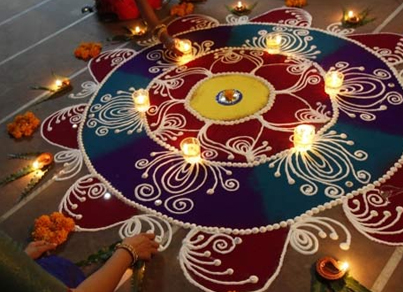


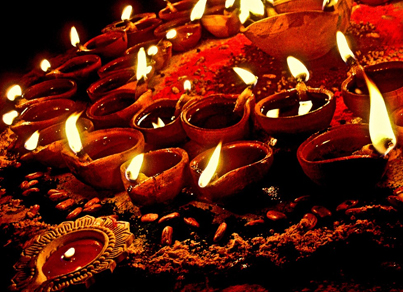
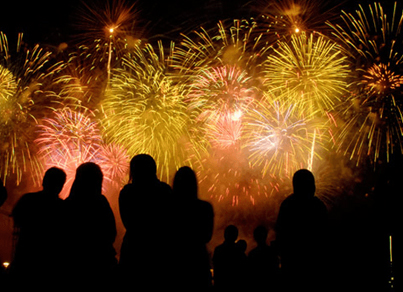












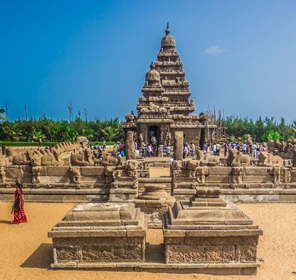
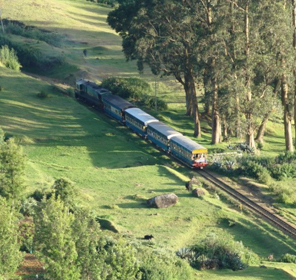
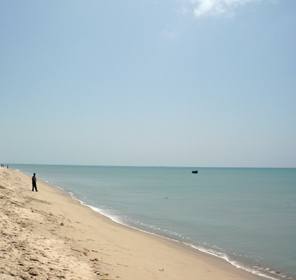
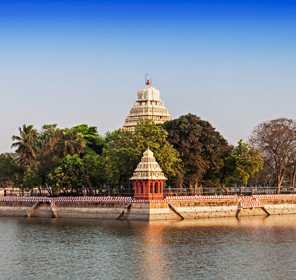
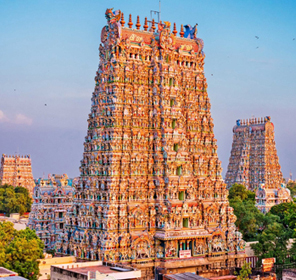
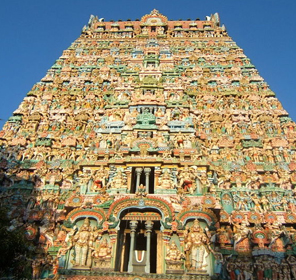
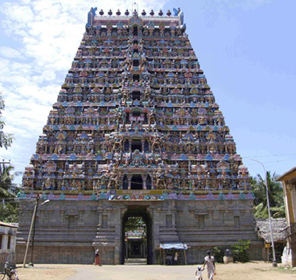
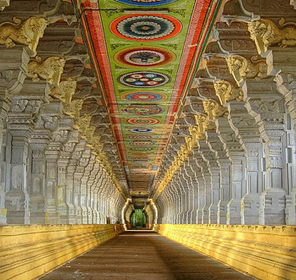
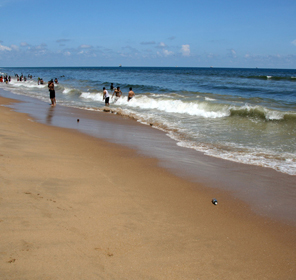
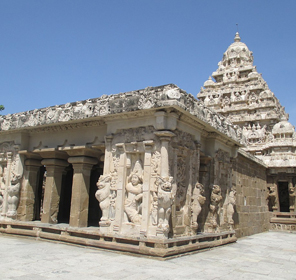
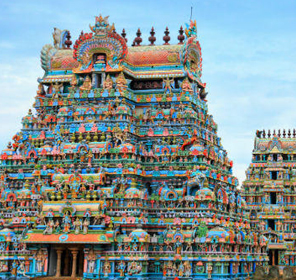
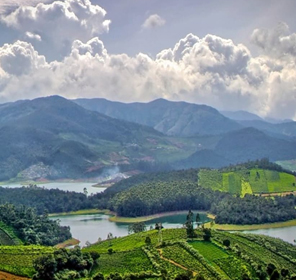
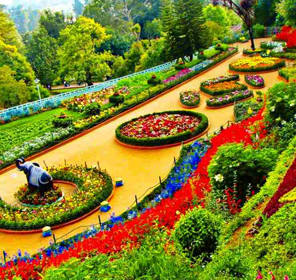

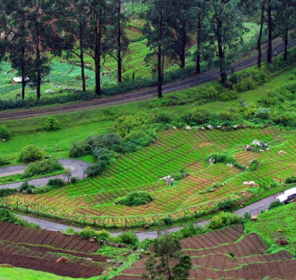
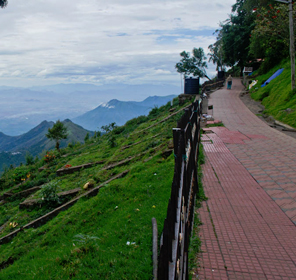
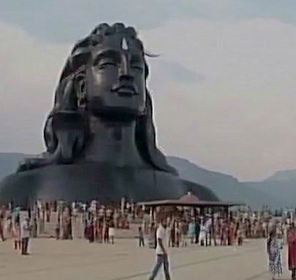

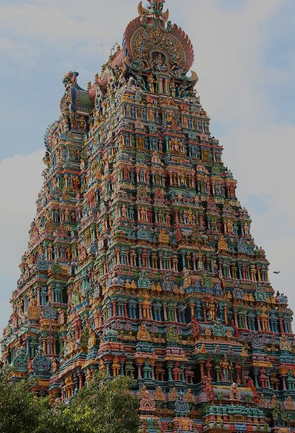
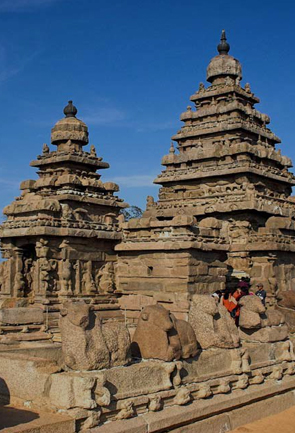
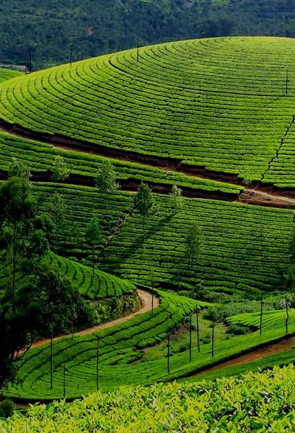


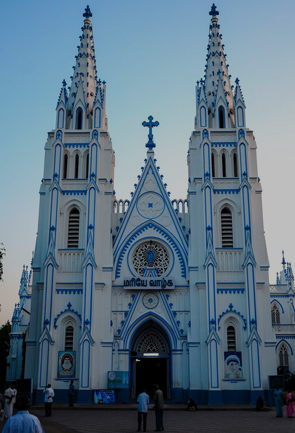
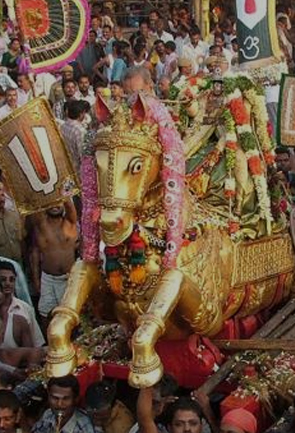




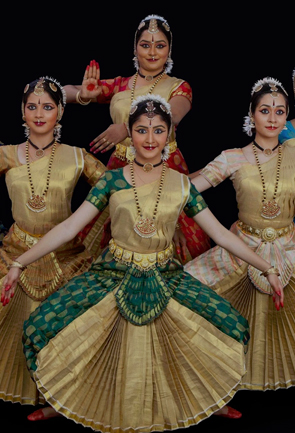
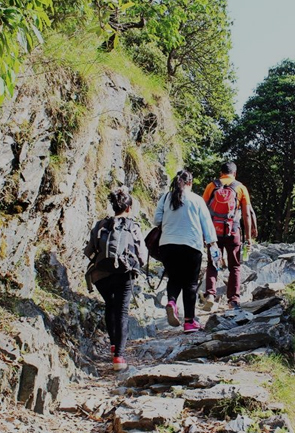



 Packages
Packages